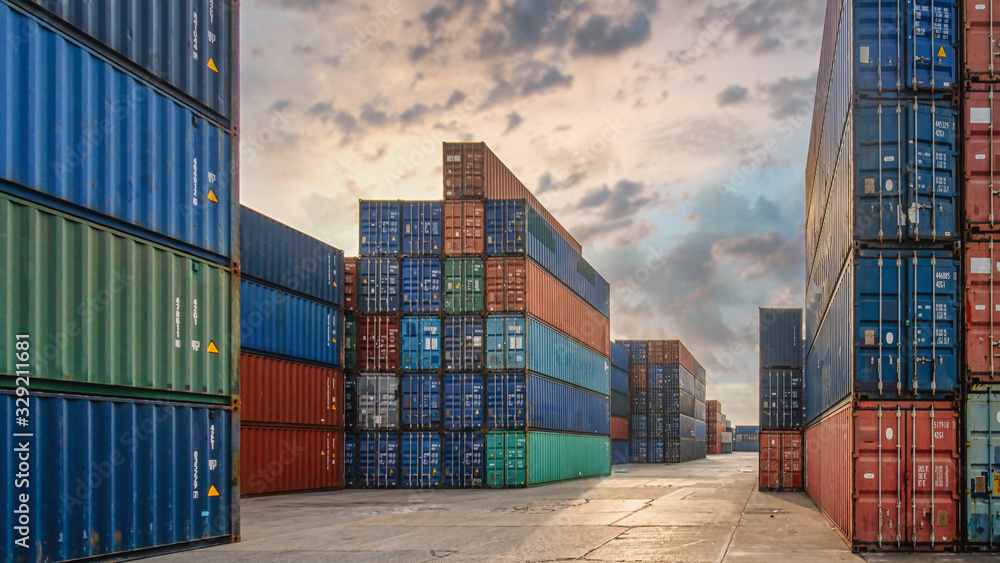The Ghana Statistical Service’s 2022 Trade Vulnerability Report has shed light on significant trends in the country’s trade dynamics. Here are the key findings:
Exports and Imports Concentration
- Four countries, namely Switzerland, China, Canada, and South Africa, account for over half of all exports.
- Six countries are responsible for about half of all imports.
Major Export and Import Commodities
- Over two-thirds of all exports are primarily derived from just two products: gold bullion and crude petroleum oil.
- Imports, on the other hand, rely on approximately 126 commodities, contributing to two-thirds of the total import volume.
Principal Export Products
- Ghana’s three main export products are gold (37.5%), mineral fuels and oils (30.6%), and cocoa beans and products (12.4%), collectively making up more than 80.0% of all exports.
Key Imports Categories
- Mineral fuels and oils constitute the largest share of imports, accounting for 26.8% of total imports.
- Machinery and electrical equipment contribute 13.3%, while chemical products make up 10.7% of imports.
Trade Relations
- Ghana’s trade relations are predominantly with Europe, constituting more than a third of all exports (35.9%) and imports (39.2%).
- Asia follows closely, representing 28.5% of all exports and 37.2% of imports.
Significance and Implications
Professor Samuel Kobina Annim, the Government Statistician, emphasized that the data presented in the report is a valuable tool for policymakers, economists, and stakeholders. It provides crucial insights that can guide future strategies to foster a balanced and resilient trade environment in Ghana.
Advertisement
This report underscores the importance of diversifying trade partners and products to enhance Ghana’s trade resilience and stability.
Source: Citibusinessnews
Advertisement
